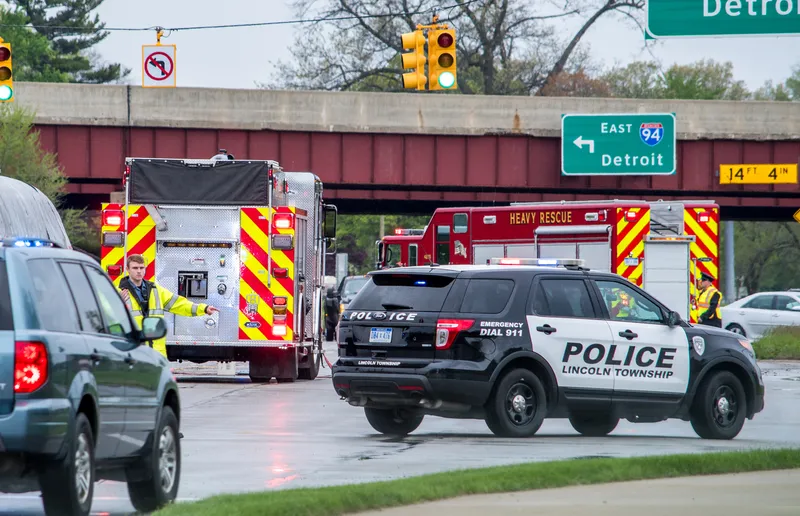A new Insurance Institute for Highway Safety (IIHS) study, which looked at the impact of speed limit increases in 41 states over a 20-year period starting in 1993, shows that increases in speed limits over two decades have cost 33,000 lives in the US In 2013 alone. The increases resulted in 1,900 additional deaths, essentially cancelling out the number of lives saved by frontal airbags that year.
"Although fatality rates fell during the study period, they would have been much lower if not for states' dec
April 14, 2016
Read time: 2 mins
A new Insurance Institute for Highway Safety (IIHS) study, which looked at the impact of speed limit increases in 41 states over a 20-year period starting in 1993, shows that increases in speed limits over two decades have cost 33,000 lives in the US. In 2013 alone, the increases resulted in 1,900 additional deaths, essentially cancelling out the number of lives saved by frontal airbags that year.
"Although fatality rates fell during the study period, they would have been much lower if not for states' decisions to raise speed limits," says Charles Farmer, IIHS vice president for research and statistical services and the author of the study.
Farmer looked at deaths per billion miles travelled by state and roadway type. He then considered factors like alcohol consumption, changes in unemployment and the number of young drivers aged 16-24, all of which could affect the fatality rate. Overall, he found that the number of deaths climbed 4 percent with each 5 mph increase in the maximum speed limit.
Maximum speed limits are set by the states and they have been rising since 1995. However, during most of the 1970s and 1980s, the threat of financial penalties held state speed limits to 55 mph.
Today, six states have 80 mph limits, and drivers in Texas can legally drive at 85 mph on some roads.
As large a number as it is, 33,000 is likely an underestimate, Farmer says, as he only considered increases in the maximum speed limit, which often applies only to rural interstates, but many states also increased speed limits on urban interstates. Other states increased speed limits on one section of road and later extended the higher limit to other sections. Those subsequent changes weren't factored in.
"Since 2013, speeds have only become more extreme, and the trend shows no sign of abating," Farmer notes. "We hope state lawmakers will keep in mind the deadly consequences of higher speeds when they consider raising limits."
"Although fatality rates fell during the study period, they would have been much lower if not for states' decisions to raise speed limits," says Charles Farmer, IIHS vice president for research and statistical services and the author of the study.
Farmer looked at deaths per billion miles travelled by state and roadway type. He then considered factors like alcohol consumption, changes in unemployment and the number of young drivers aged 16-24, all of which could affect the fatality rate. Overall, he found that the number of deaths climbed 4 percent with each 5 mph increase in the maximum speed limit.
Maximum speed limits are set by the states and they have been rising since 1995. However, during most of the 1970s and 1980s, the threat of financial penalties held state speed limits to 55 mph.
Today, six states have 80 mph limits, and drivers in Texas can legally drive at 85 mph on some roads.
As large a number as it is, 33,000 is likely an underestimate, Farmer says, as he only considered increases in the maximum speed limit, which often applies only to rural interstates, but many states also increased speed limits on urban interstates. Other states increased speed limits on one section of road and later extended the higher limit to other sections. Those subsequent changes weren't factored in.
"Since 2013, speeds have only become more extreme, and the trend shows no sign of abating," Farmer notes. "We hope state lawmakers will keep in mind the deadly consequences of higher speeds when they consider raising limits."








